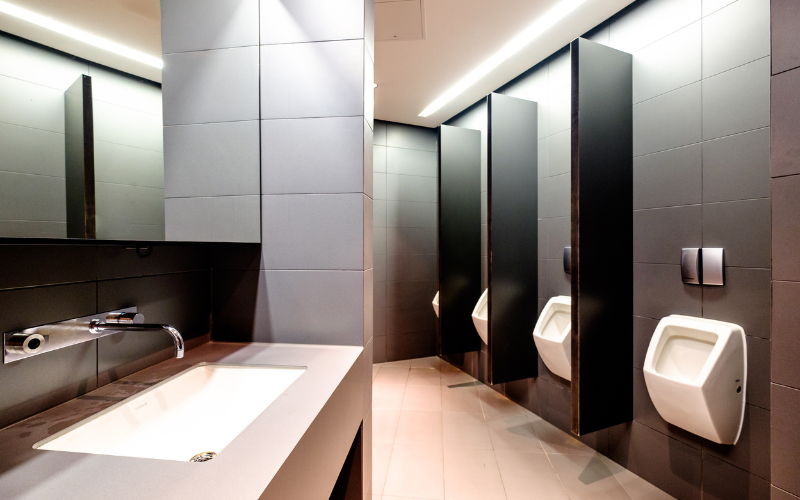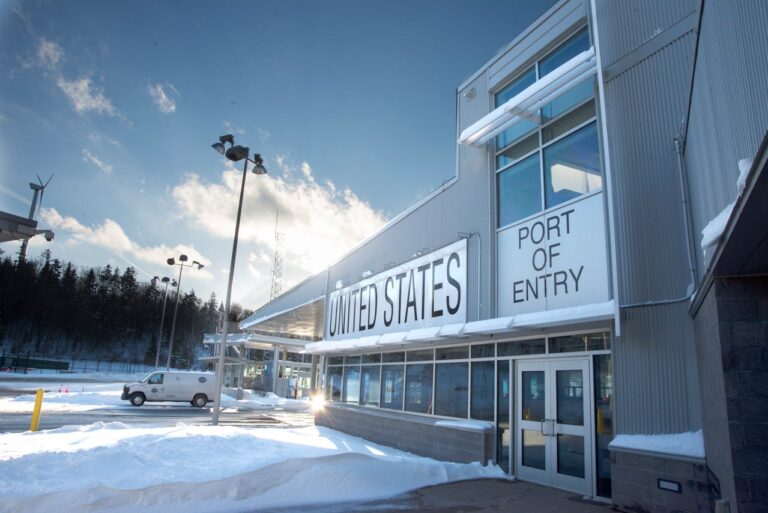Why Toilet Management Systems Matter for Public Spaces
Public spaces are vital hubs for community engagement, commerce, and leisure. Yet, the condition of public restrooms can greatly influence users’ experiences. Maintaining hygiene, functionality, and convenience in these facilities is essential. This is where a robust toilet management system plays a crucial role. By integrating modern technology into restroom operations, public spaces can enhance user satisfaction while optimising resource usage. Let us explore why effective toilet management is indispensable and how it aligns with broader waste management solutions.
The Role of Toilet Management Systems in Hygiene
Hygiene is a primary concern in public restrooms, where high foot traffic can lead to rapid deterioration in cleanliness. A toilet management system helps ensure these facilities remain sanitary by providing real-time data on usage patterns and maintenance needs. Sensors can monitor toilet paper levels, soap dispensers, and occupancy, enabling swift responses to issues before they escalate.
Such systems reduce the chances of unsanitary conditions, fostering trust among users. They also minimise the need for manual checks, allowing maintenance staff to focus their efforts where they are most needed. This efficiency is important in locations such as airports, shopping centres, and parks, where the demand for cleanliness is constant. Integrating a waste management solution alongside toilet management ensures the disposal of waste is timely and eco-friendly, further contributing to the overall hygiene of the space.
Enhancing User Experience Through Smart Technology
Public spaces thrive on positive user experiences, and the state of restrooms is a critical touchpoint. A poorly maintained restroom can leave a lasting negative impression, potentially deterring visitors from returning. A toilet management system uses smart technology to streamline operations, making restrooms more accessible and user-friendly.
For instance, occupancy indicators reduce queues by letting users know when a stall becomes available. Automated features, such as hands-free faucets and flush systems, enhance convenience while minimising germ spread. Data from these systems also allows facility managers to identify peak usage hours and allocate resources accordingly. By creating a seamless experience, these systems ensure public restrooms are an asset rather than a liability.
Cost and Resource Efficiency
Managing public restrooms involves significant costs, from water and energy usage to cleaning supplies and staff wages. A toilet management system offers a cost-effective solution by enabling resource optimisation. For example, sensors can detect leaks or overuse, alerting maintenance teams to take immediate action. Similarly, monitoring soap and paper usage ensures supplies are replenished only when necessary, reducing waste.
Combining these systems with an advanced waste management solution enhances overall efficiency. For instance, automated bins equipped with sensors can signal when they need to be emptied, preventing overflows while avoiding unnecessary emptying trips. It saves resources and reduces the environmental footprint of public spaces.
Supporting Sustainability Goals
As sustainability becomes an increasingly pressing concern, public spaces must adopt practices that align with environmental priorities. Toilet management systems are a key element of sustainable infrastructure. By reducing water consumption through smart fixtures and minimising waste through efficient supply usage, these systems contribute to greener public facilities.
When integrated with a broader waste management solution, these systems ensure that waste is disposed of responsibly. It might include separating recyclable materials or managing hazardous waste in compliance with environmental regulations. The result is a public space that serves its community while actively contributing to a sustainable future.
Improving Public Perception
Public restrooms are often viewed as a reflection of the overall quality of a facility. Clean, well-maintained restrooms signal that a space is managed with care and attention to detail. A toilet management system helps create this perception by ensuring consistent cleanliness and functionality.
It can be particularly valuable in high-profile venues, such as event arenas or cultural attractions, where public opinion carries significant weight. By implementing modern technology and waste management solutions, these spaces can position themselves as forward-thinking and user-centric, earning the trust and loyalty of their visitors.
The importance of toilet management systems in public spaces cannot be overstated. These systems go beyond simple maintenance, addressing hygiene, user experience, cost efficiency, sustainability, and public perception. By adopting a comprehensive toilet management system, public facilities can meet the demands of modern users while upholding environmental and operational standards.
Transform your public facilities with innovative toilet management systems from Overdrive IOT. Contact us here today to discover tailored solutions for efficient and sustainable restroom operations.






